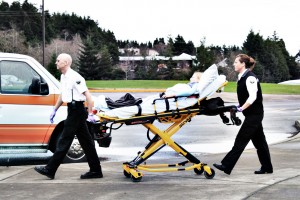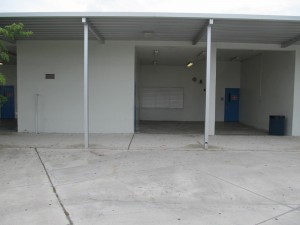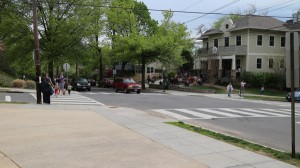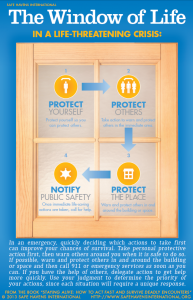
EMC Insurance Companies reports that it has paid out nearly $300,000 for emergency room visits for Iowa school employees injured during one popular active shooter response training. The company reports that these injuries all occurred during the past two years and only count claims in this one state. How many active shooter response training sessions in other states are ending this way nationally?
Insurance Carrier Reports Nearly $300,000 in Training Injury Medical Claims in less than 24 months
Jerry Loghry is deeply concerned about the safety of several types of active shooter response training. As the Loss Prevention Education Manager for EMC Insurance Companies, he says he has good reason to be concerned about active shooter training programs that include physical simulation of attacking an active shooter without proper protective gear and other safety precautions. Loghry’s company has already paid more than quarter of a million dollars for emergency room bills for school employees who have been seriously injured while participating in one of the more popular training programs of this type. This program is one of several forms of close quarters combat (CQC) training designed to teach civilians how to survive active shooter incidents by attacking a gunman as a last resort. Unlike the law enforcement and military versions of CQC training, this training program does not require that students wear protective suits while making hard physical contact.
ERM school safety expert has verified costs associated with active shooter response training
According to Loghry, these claims are all from Iowa educators who have been injured. Loghry told me that these injuries occurred during a less than two year time period. He stated that most of the injuries occurred last summer as employees were trained when school was out of session. Loghry told me that he has personally verified the medical bills his company has paid. Loghry also pointed out that these costs do not count any follow-up visits, physical therapy, surgeries or other medical expenses for these injuries. The figure also does not count any costs associated with lost work time, substitutes and other administrative costs relating to these safety incidents.
How many active shooter training injury claims have been paid in other states?
Loghry says these types of training programs have had an extraordinarily high rate of injury in relation to more traditional forms of school safety training. One thing he does not know is the dollar amount of claims for the rest of the country. If one insurance carrier has paid more than a quarter of a million dollars for emergency room visits for school employees for a single state, actual costs at the national level are very likely in the millions. Unless instructors in Iowa are doing something differently from those in other states, the medical costs for injuries related to this type of training could be staggering.
Where will these costs lead?
In 34 years as a school safety practitioner, I have never encountered any form of school safety training resulting in so many injuries. Medical claims and the litigation that often follow these types of injuries will likely force change in active shooter training methodologies. EMC has already advised clients that full-simulation active shooter response training is such a high-risk activity that it will be considered as a factor by underwriters. Insurance carriers rely on past claim history as one of the most accurate predictors of future claims. This means premiums for schools using these types of training programs may increase if the high rate of injuries continues. Based on the types of injuries Loghry is describing, I anticipate that litigation against schools, law enforcement agencies, individual instructors, and training companies are likely as well.
While this type of training is extremely popular, time will tell if the current approaches to this type of training can survive the costs of training injuries and litigation.


